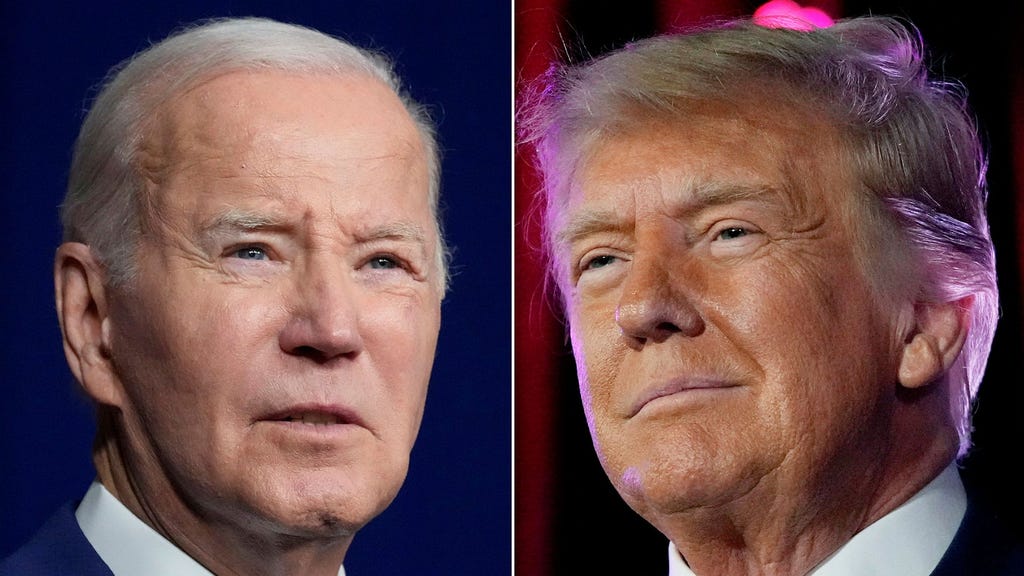The recent ceasefire agreement between Israel and Hamas, which includes the anticipated release of hostages, has become a focal point of political posturing in the United States, with both current President Joe Biden and former President Donald Trump attempting to claim credit for the diplomatic breakthrough. While both administrations undoubtedly played a role, the reality is more nuanced, reflecting a complex interplay of long-term strategies, evolving geopolitical landscapes, and behind-the-scenes collaborations that transcend partisan divides. Attributing success solely to one administration overlooks the crucial, albeit often unacknowledged, cooperation between their respective teams, who worked in tandem to exert pressure on both sides of the conflict, ultimately paving the way for a potential resolution.
The Biden administration’s approach to the Israeli-Palestinian conflict represents a continuation, albeit with adjustments, of the long-standing US commitment to Israel’s security while acknowledging the Palestinian people’s aspirations for self-determination. While Biden has reaffirmed unwavering support for Israel’s right to defend itself, his administration has also emphasized the importance of de-escalation and a return to the two-state solution as the ultimate pathway to peace. This balanced approach, while drawing criticism from some quarters, laid the groundwork for engagement with both Israel and regional actors who hold influence over Hamas, creating diplomatic channels that proved crucial during the negotiation of the ceasefire. Moreover, the Biden administration’s focus on humanitarian aid to Gaza, while politically sensitive, underscored the human cost of the conflict and likely contributed to building international pressure for a resolution.
Trump’s legacy in the Middle East, particularly concerning the Israeli-Palestinian conflict, is marked by a distinct departure from traditional US policy. His administration orchestrated the Abraham Accords, normalizing relations between Israel and several Arab nations, a move lauded by some as a significant step towards regional stability. This realignment of regional alliances, while controversial for its sidelining of the Palestinian issue, arguably created a new dynamic in which Arab states with established relationships with Hamas could play a more active role in mediating the conflict. While the Abraham Accords did not directly address the core issues of the Israeli-Palestinian conflict, they arguably reshaped the regional landscape in a way that indirectly contributed to the current ceasefire negotiations.
The behind-the-scenes collaboration between the Biden and Trump teams, despite their differing political affiliations and policy approaches, highlights the complex reality of international diplomacy. While public pronouncements often focus on partisan divides, the national security interests of the United States often necessitate a degree of continuity and cooperation across administrations. In this instance, the shared goal of resolving the conflict and securing the release of hostages likely transcended political differences, prompting both teams to leverage their respective relationships and expertise to achieve a common objective. The precise nature of this collaboration remains largely undisclosed, but it underscores the importance of discreet diplomatic channels in navigating complex international crises.
The fragile ceasefire agreement faces significant challenges. Deep-seated mistrust between Israel and Hamas, coupled with the underlying causes of the conflict, including the blockade of Gaza and the unresolved status of Jerusalem, pose significant obstacles to a lasting peace. The release of hostages, while a positive development, is only one piece of a much larger and complex puzzle. The international community, including the United States, faces the daunting task of addressing these fundamental issues if a durable resolution is to be achieved. Failure to do so risks a return to violence and further suffering for both Israelis and Palestinians.
Ultimately, the path to a lasting peace in the region requires more than just a ceasefire. It necessitates a sustained and multifaceted approach that addresses the root causes of the conflict, promotes economic development, fosters trust-building measures between the parties, and ultimately leads to a just and sustainable resolution that respects the rights and aspirations of both Israelis and Palestinians. While the current ceasefire offers a glimmer of hope, its success hinges on the continued engagement of the international community and the willingness of both Israel and Hamas to engage in meaningful dialogue and compromise. The efforts of both the Biden and Trump administrations, including their behind-the-scenes collaborations, have undoubtedly played a role in achieving this fragile peace, but the true test lies in the ability to transform this temporary respite into a lasting solution.














